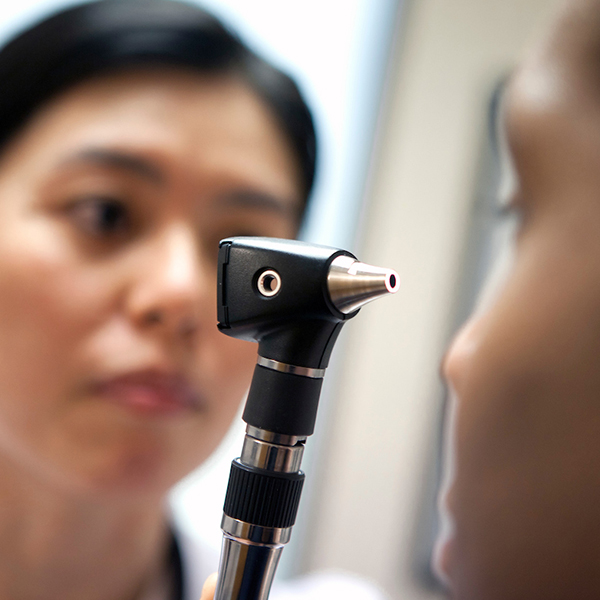Strep Throat (Streptococcus)
Overview and Facts about Streptococcus
Streptococcus is a type of bacteria that can cause multiple infectious diseases in the body. Depending on the strain of bacteria, streptococcal infections can attack several of the body’s systems in varying degrees of severity.
Streptococcus most often leads to infections of the throat and skin, including strep throat. The bacteria might also lead to the development of an inner ear infection or scarlet fever.
Invasive infections include those of the heart and blood, as well as inflammation of the brain and necrotizing fasciitis.
Signs and Symptoms of Streptococcus
Symptoms of streptococcal infections depend on the type and location of the infection. Strep throat presents as a sore, inflamed throat, headache and fever.
Skin infections, including cellulitis and impetigo, may cause swelling, pain or yellow, scabby sores. Ear infections lead to pain in the ear, drainage and difficulty hearing, while scarlet fever is characterized by a rash that fades into peeling skin.
An infection of the heart, called endocarditis, presents with chest pain, difficulty breathing, fever and fatigue.
Bacteremia is an infection of the blood and is typically symptomless, though signs will begin to occur when the infection progresses to other organs and tissues.
Symptoms of necrotizing fasciitis include red, swollen skin, fever and pain extending from the affected area. Left untreated, blisters and ulcers may begin to form and the person may begin to experience dizziness, nausea and oozing in the infected area.
Causes and Risk Factors of Streptococcus
Streptococcal infections are caused by the contraction of the streptococcus bacteria. This typically occurs through sneezing or coughing, contact with infectious wounds or existing bacterial infections or medical conditions, including diseases of the gastrointestinal system.
The bacteria might also enter the bloodstream during brushing one's teeth, particularly in people with preexisting gum disease, and infection can also result from dental work.
Invasive medical procedures, including catheter insertion and abscess drainage, can introduce the bacteria into the bloodstream.
Tests and Diagnosis of Streptococcus
Your primary care doctor will diagnose a streptococcal infection based on your symptoms and through an examination of the infected area, if possible.
A blood test, skin biopsy or culture may be used to confirm the diagnosis.
More serious infections typically involve further testing. If endocarditis is suspected, your doctor may order an echocardiogram or a chest x-ray to check for signs of damage and infection.
Diagnosing necrotizing fasciitis typically involves the use of a CT scan and exploratory surgery.
Treatment and Care of Streptococcus
Streptococcal infections are treated with antibiotics. If the infection is invasive, intravenous antibiotics are necessary. Otherwise, your doctor will prescribe oral antibiotics.
If damage to the heart has occurred in endocarditis, surgery to correct the damage may be necessary. Surgical removal of dead tissue is often performed in cases of necrotizing fasciitis.

Request an Appointment
Our primary care physicians care for the overall health of the whole family, providing checkups and routine medical exams. We’ve made it easy to see a Loyola Medicine primary care provider with a variety of appointment options.
Immediate Care Virtual Visits now available!
Schedule a Telehealth Appointment
